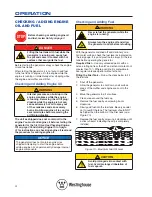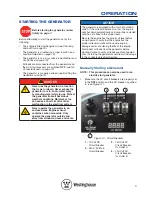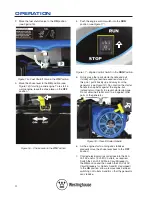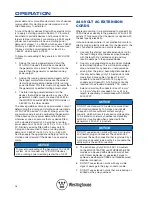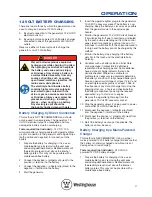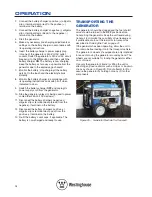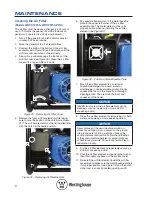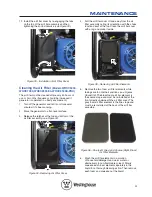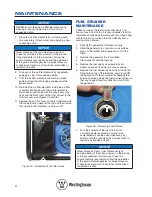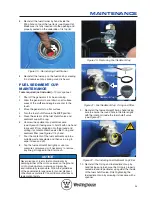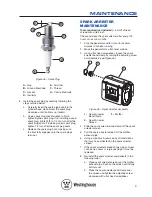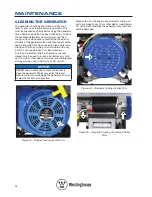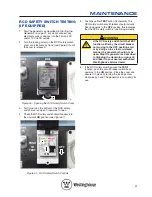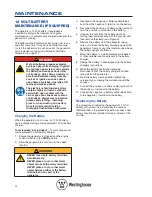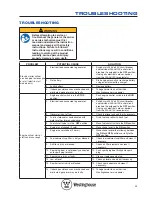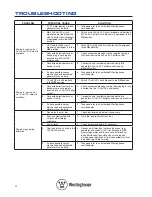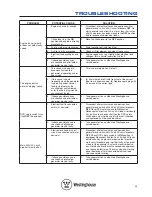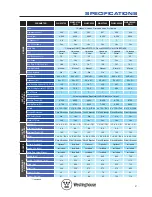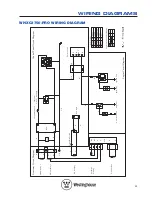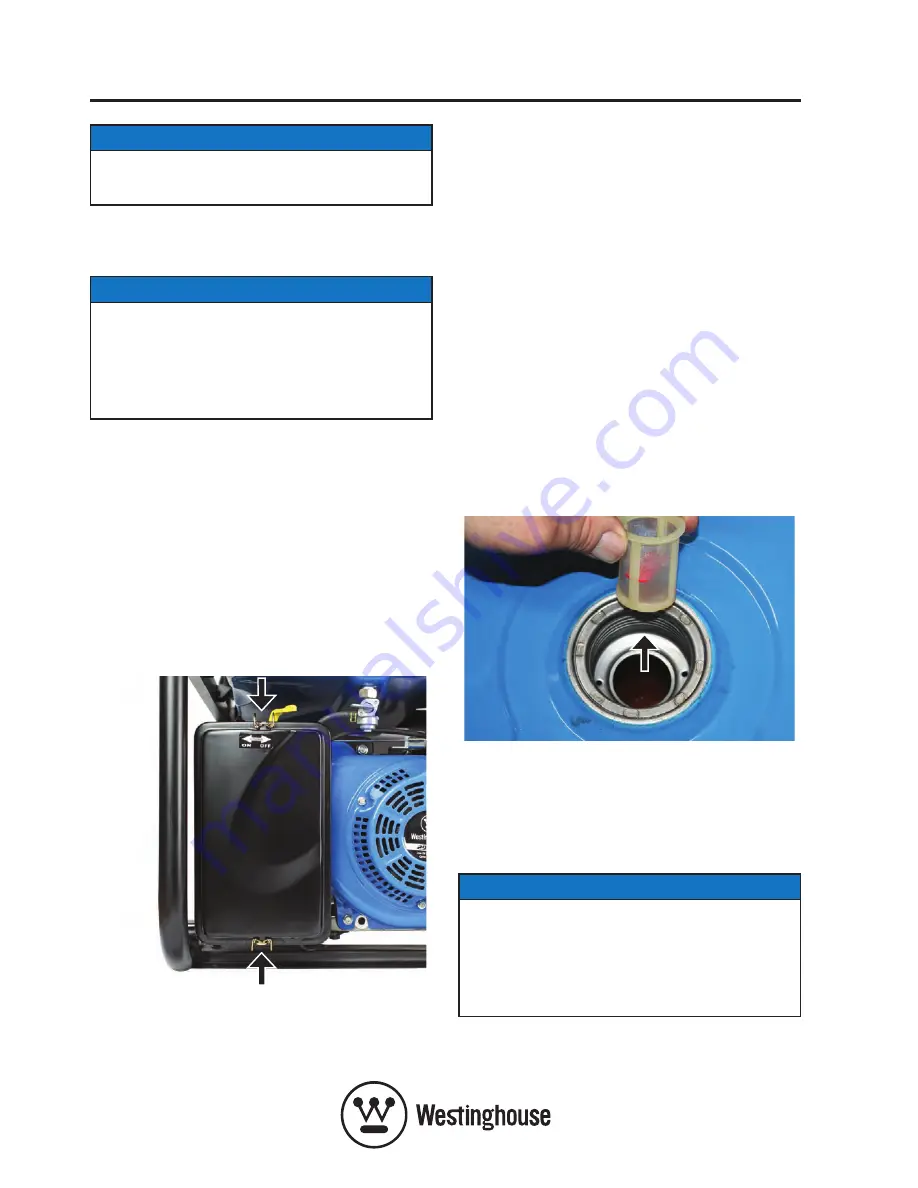
34
MAINTENANCE
NOTICE
NEVER twist or tear the air filter elements during
cleaning or drying. Apply only a slow and firm
squeezing action.
7. Rinse the air filter elements by immersing each
one separately in fresh water and applying a slow
squeezing action.
NOTICE
Never dispose of the used cleaning solution or
solvent by dumping it into a sewer, on the ground,
into groundwater or into a waterway. Always be
environmentally responsible. Follow the guidelines
of the governmental agencies for proper disposal
of hazardous materials. Consult local authorities or
reclamation facility.
8. Dry each of the air filter elements by repeatedly
applying a slow firm squeezing action.
9. Coat the air filter elements separately in clean
engine oil and then thoroughly squeeze out the
excess liquid.
10. Re-install the air filter elements inside the air filter
assembly box. Make sure the air filter elements
are correctly positioned with the grey foam at the
back and the black foam at the front closest to the
air filter cover (see Figures 35 and 36).
11. Replace the air filter cover correctly orientated with
the choke function decal at the top and then fasten
the top and bottom latches (see Figure 37)
.
Figure 37– Installation of Air Filter Cover
FuEl strainEr
MaintEnanCE
Check and clean the fuel strainer after every 100
hours of use or 6 months. It is recommended that this
maintenance task be performed each time when filling
with fuel from any source other than directly from a
service station bowser.
1. Shut off the generator if it’s been running.
2. Allow the generator to cool down so all surface
areas of the muffler and engine are cool to the
touch.
3. Remove the generator to a flat surface.
4. Clean area around the fuel cap.
5. Remove the fuel cap by unscrewing it anti-
clockwise and set it aside on a clean surface.
6. Remove the fuel strainer by hand from inside the
filling hole on top of the fuel tank (see Figure 38)
taking care not to tear or otherwise damage the
fine mesh screen. Keep the fuel strainer vertical so
that any trapped liquid or solids do not spill onto
the generator.
Figure 38 – Removing Fuel Strainer.
7. Pour the contents of the fuel strainer into
a suitable waste receptacle. Low pressure
compressed air can be used if necessary by
blowing onto the outside of the strainer mesh to
remove any trapped fine grit.
NOTICE
Never dispose of fuel or fuel contaminants by
dumping either of them into a sewer, on the ground,
or into groundwater or waterways. Always be
environmentally responsible. Follow the guidelines
of the governmental agencies for proper disposal
of hazardous materials. Consult local authorities or
reclamation facility.
Summary of Contents for WHXC3750
Page 4: ...4...
Page 55: ...55 NOTES...

